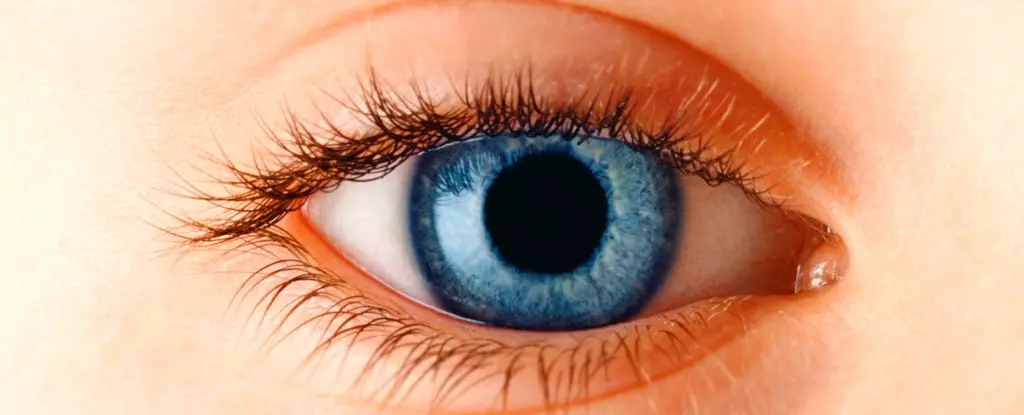Myopia, commonly referred to as nearsightedness, is a growing concern for children globally. Recent studies highlight a troubling trend: the incidence of myopia is significantly rising, with current estimates suggesting that around 35% of children are affected. Projections based on recent data analysis indicate that this figure may climb to 40% by 2050, affecting more than 740 million children worldwide. Understanding the implications of this increase is essential, as the significance of myopia extends beyond mere visual discomfort. Left untreated, it can evolve into severe conditions that might jeopardize long-term eye health.
At its core, myopia is a refractive error where distant objects appear blurry. This distortion usually arises when the eyeball is elongated, preventing light from focusing accurately on the retina. Consequently, children with this condition struggle to see far-off objects clearly. The progression of myopia is concerning because rapid ocular development can lead to severe complications, including retinal detachment, glaucoma, and myopic maculopathy, all of which carry the potential for significant vision impairment.
Diagnosing myopia early is non-negotiable, as timely intervention can significantly mitigate long-term risks. The alarming projections of myopia increasing in adolescents are particularly troubling; by 2050, studies predict that over 50% of teenagers aged 13 to 19 may encounter this refractive error. Such data serves as a wake-up call for parents, educators, and healthcare professionals alike to prioritize eye health from a young age.
The etiology of myopia is multifaceted, combining genetic predispositions and environmental influences. Children with myopic parents are statistically more likely to develop the condition. However, recent analyses underline the role of lifestyle factors, particularly the extensive use of digital screens. With the proliferation of mobile devices and tablets, children’s screen time has skyrocketed, which in turn has been linked to the emergence of myopia. Holding screens at near distances for extended periods is believed to contribute to the development of refractive errors by creating an excessive demand for near focus.
Curiously, while screen time is frequently implicated, fewer outdoor activities also seem to correlate with higher incidence rates of myopia. An intriguing body of research suggests that increasing outdoor exposure by just two hours daily may be beneficial in reducing the onset of myopia. Although the exact mechanisms remain unclear, sunlight exposure might facilitate dopamine release, which is thought to regulate eye growth and potentially inhibit the progression of myopia.
As childhood myopia becomes an increasingly pressing issue, proactive management strategies are being developed. Traditional interventions, such as glasses and contact lenses, offer immediate correction of visual impairment. However, various innovative approaches aim to slow the progression of myopia, particularly in children displaying rapid ocular growth.
Orthokeratology, or “ortho-K,” is becoming an appealing option. This method involves the nightly use of specialized hard contact lenses, which temporarily reshape the cornea. This enables clearer vision during the day without the need for corrective eyewear. While effective, parents must ensure proper hygiene to prevent eye infections.
Another promising approach involves the administration of low-dose atropine eye drops, which research has shown can significantly slow myopia’s advancement. This method is relatively easy to implement and carries fewer risks than contact lenses. As research progresses, we may see further advancements in therapeutic options to address this burgeoning concern.
The significance of regular eye examinations cannot be overstated when it comes to diagnosing and managing myopia in children. Increasing familiarity with the signs of myopia, such as squinting or the tendency to bring books or screens closer, can prompt timely interventions. Parents should consider routine visits to an optometrist as a key part of proactive healthcare to monitor their child’s eye health.
Ultimately, as the prevalence of childhood myopia continues to rise, a unified effort involving parents, educators, and healthcare professionals is essential in tackling this issue. By fostering outdoor activities, managing screen time, and ensuring regular eye check-ups, we can combat the harmful effects of myopia and safeguard the visual health of future generations. The goal is not just to correct vision but to ensure a lifetime of clear sight and healthy eyes.


Leave a Reply